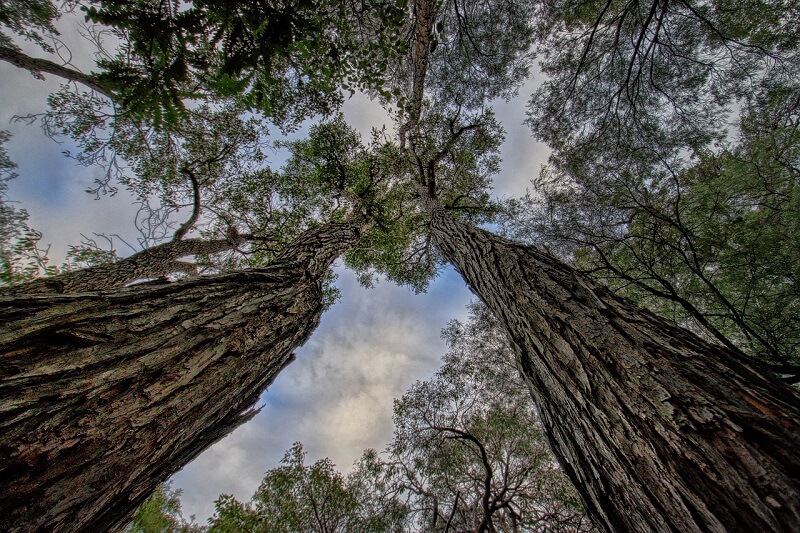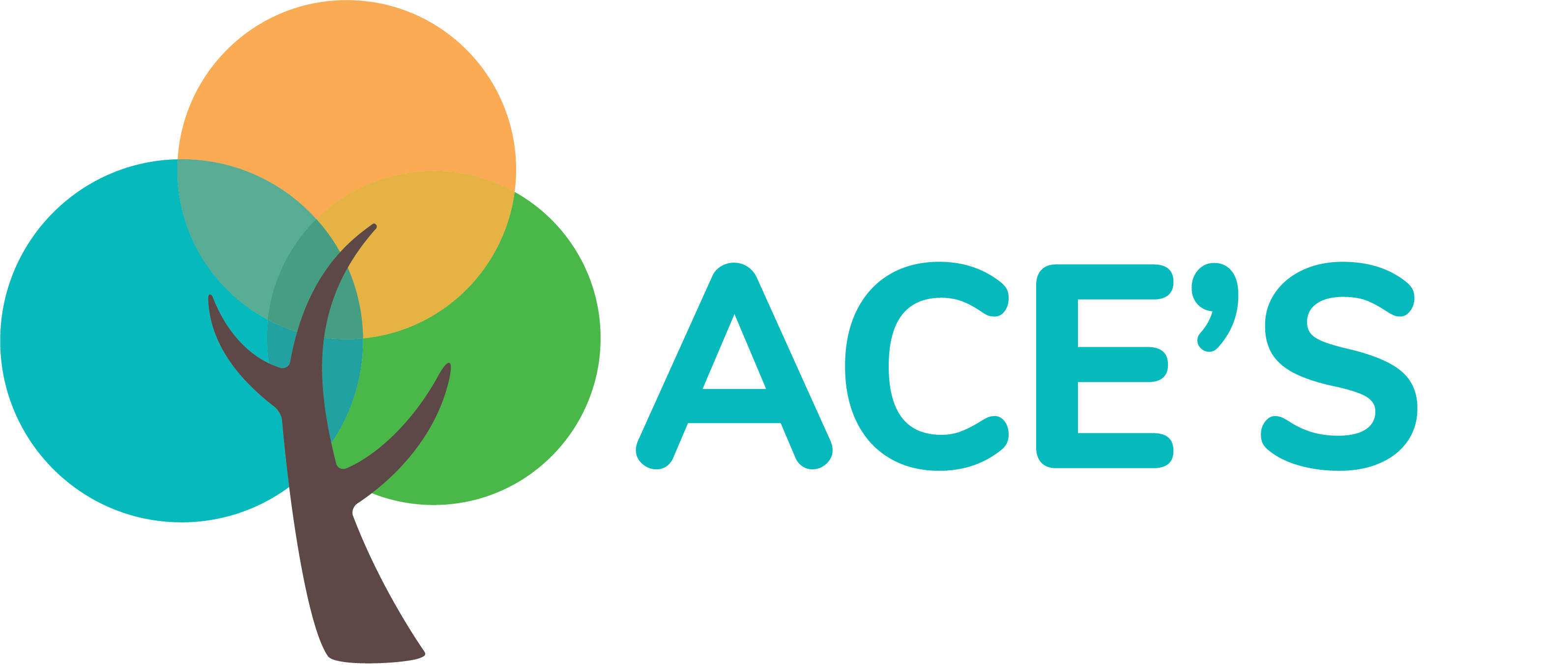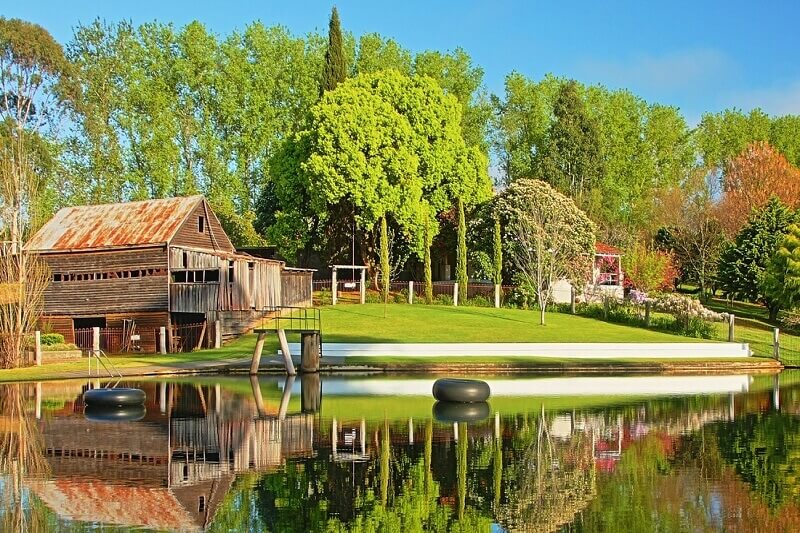Greetings from the sunny city of Fremantle, Western Australia. I hope everyone reading this post is safe and well and navigating these mid-pandemic times as positively as possible. In this series of posts, I was originally asked to write about “3 things that only a tree expert knows”. However, I have decided to rephrase this as “3 things you really hope your tree expert knows”!
Firstly, although we have a great many tree companies in Western Australia, there is still no regulatory body or specific license to legally operate. This unusual situation places a hidden burden on consumers to self-regulate who they employ. Finding the right operator can prove challenging at times and it can be helpful to first understand why, when, and how to treat trees before selecting a contractor who should reflect these basic principles.
In this first post of the series, I will attempt to answer a fundamental question I have been asked far less often than I would expect in over two decades of working within the industry.
Why treat trees?

This is actually a great conversation starter to gauge the understanding of any professional arborist (and especially one you may employ). Put simply, the vast majority of the time we treat trees for “human reasons”. At times the need to comply with the urban environment overlaps with tree needs, but for the most part, although we intrinsically rely upon trees for health- healthy trees rarely rely upon humans. A brief history into the practice of “tree lopping” provides an excellent example of our ancestral relationship with why we intervene-which bizarrely still influences current practice.
In medieval cultures, humans relied heavily on the practice of tree lopping to provide firewood and use the subsequent rapid regrowth (epicormic sprouting) for basket weaving. During this period trees were mostly a resource for village requirements and tree health was not consciously considered in the decision to “lop” trees for warmth and utility. Today, the ancient method of indiscriminately reducing or removing stems (lopping) is often still used by both lay and “expert” alike-although very few people would offer the need for warmth and baskets as their reason!
So, if trees don’t need us and we now very rarely utilise amenity trees for traditional requirements-Why prune trees at all? In my opinion this can be divided into two genuine categories; human reasons and tree health, with a third category comprising of misinformation and justifications for an oddly entrenched human desire to modify trees.
Modification of tree form for aesthetic and practical human purposes is the most common “why” behind most pruning or removal requirements. Human reasons are vast and include reducing tree risks; maintaining clearances around utility services, roads, footpaths and dwellings; managing light, surrounding vegetation and views; reducing pest access; facilitating neighbourly collaborations or disputes… the list is almost endless! However, tree health reasons are easily reduced to the “5 D’s” of amenity pruning: Removal of dead, dying, damaged, deformed, or diseased growth. The third category-don’t get me started(!) but if anyone advocates lopping trees for safety or tree health, please refer them to any good source of modern arboriculture and perhaps relate the historical context I have briefly summarised.
To conclude this first post on why to treat trees I would like to offer some advice that has often surprised my clients; in many cases doing nothing is an equally valid or sometimes better approach to tree care. As touched on earlier, trees need us far less than we need them and with this in mind, unless there is a genuine reason to remove a problem tree or engage the 5 “D’s” of amenity tree pruning-cultural care and appreciation may be the only thing your trees need. I hope this post helps everyone out there love trees as much as we do!
Kind regards,
Ace McNeilly

